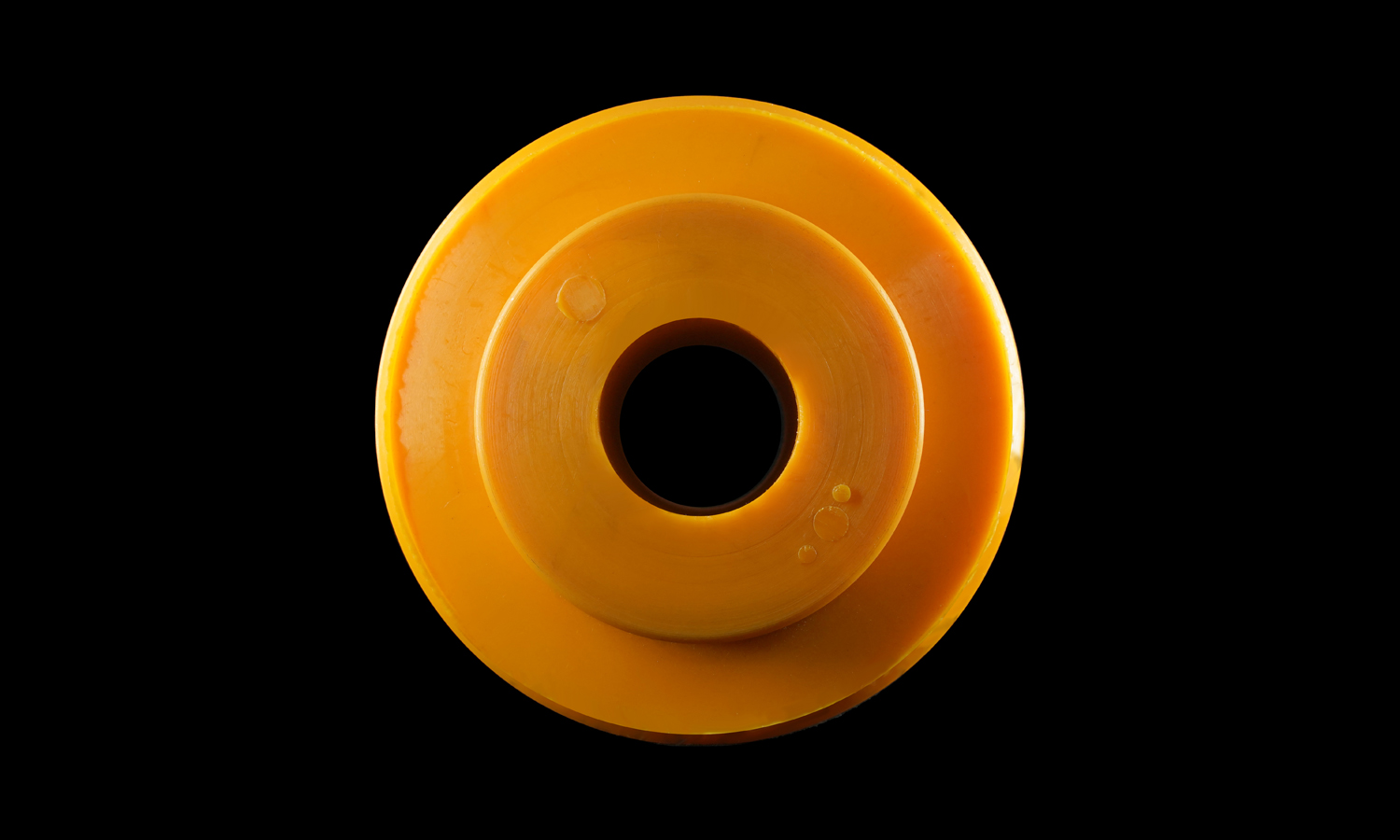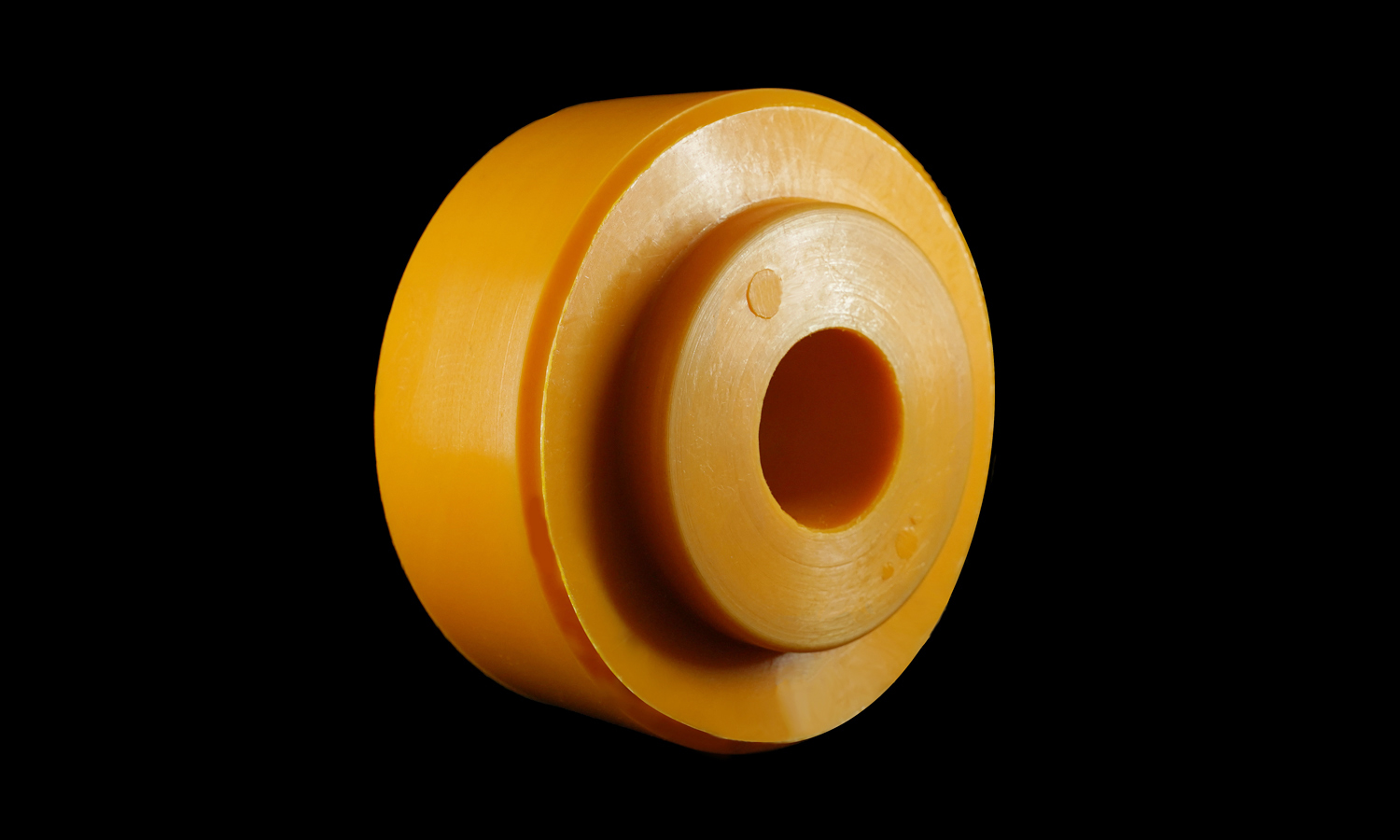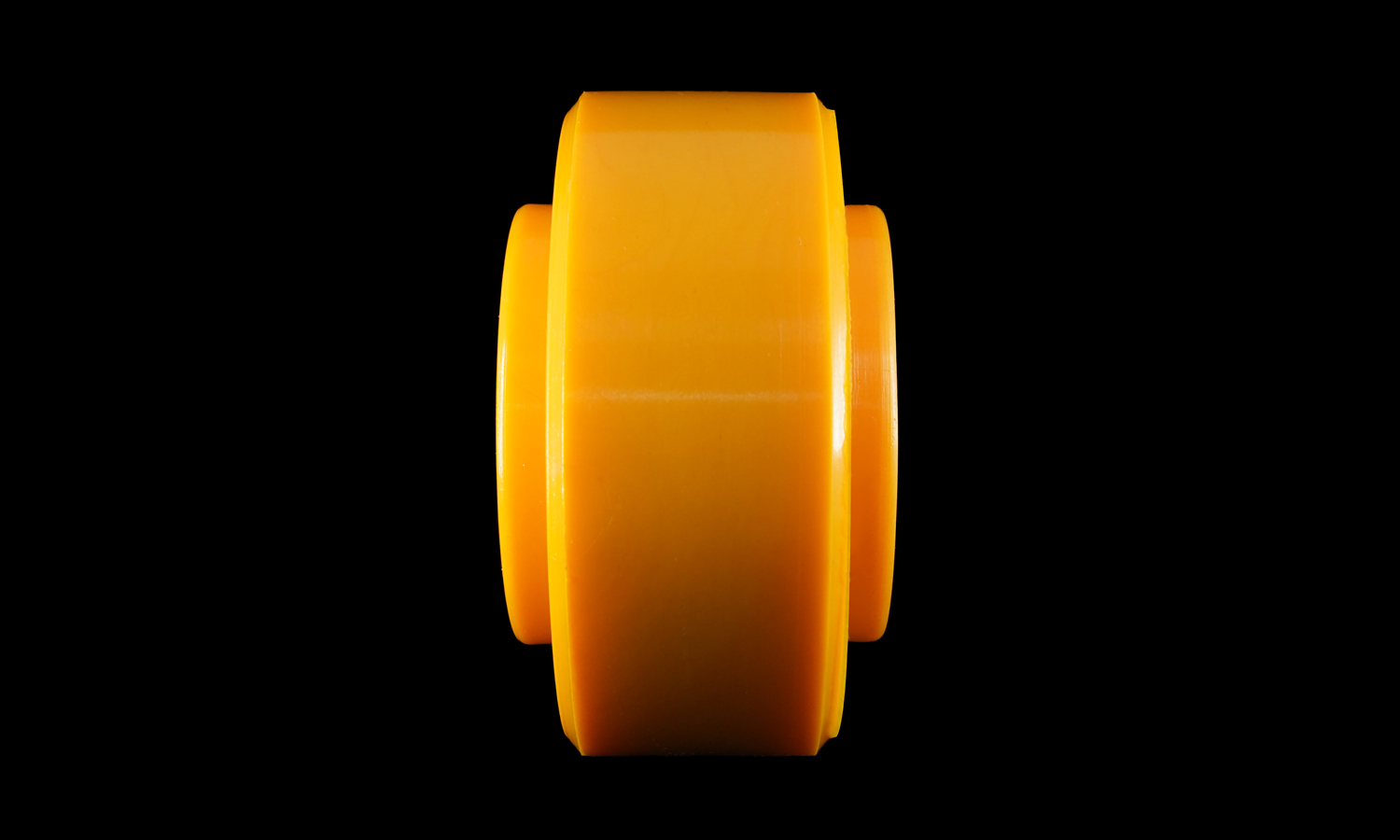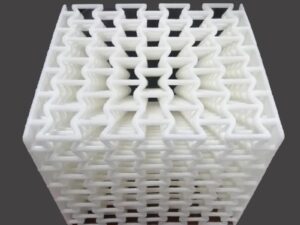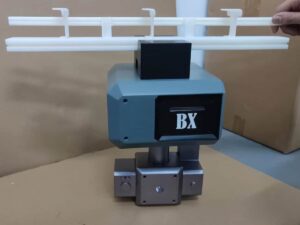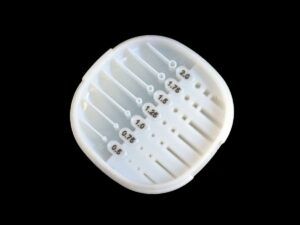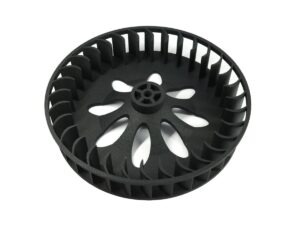- SLM 3D Printed SS316L Y-type Strainer for Water System
- Custom Injection Molded Polyurethane Spider for Jaw Couplings Snowflake Cushion Pads
Gallery
About Project
If you are looking for a high-performance pusher wheel for your conveyor system, you might want to consider this spin cast polyurethane pusher wheel. This pusher wheel is made from premium quality polyurethane, which is a versatile and durable material that can withstand high loads, speeds, and temperatures. Polyurethane also offers excellent resistance to abrasion, impact, oil, grease, and chemicals, making it ideal for car wash and industrial applications.
The pusher wheel has a solid construction that provides strength and stability. It has an orange color that adds visibility and contrast to the conveyor system. It has a smooth surface that reduces friction and noise. It has a standard size and shape that fits most conveyor systems. It has two holes on each end that can be easily attached to the conveyor and the vehicle with screws or bolts.
The best part is that this pusher wheel is made by FacFox, a leading provider of spin cast polyurethane services. Spin casting is a process that involves rotating a mold at high speed while injecting liquid polyurethane into it. The centrifugal force distributes the polyurethane evenly throughout the mold cavity, resulting in a uniform and bubble-free product. Spin casting is a fast and efficient way to produce large quantities of complex parts with minimal waste.
If you are interested in ordering this spin cast polyurethane pusher wheel, or if you want to learn more about FacFoxвҖҷs spin cast polyurethane services, please visit their website at facfox.com. You can also contact them by email via info@facfox.com for any inquiries or quotes. FacFox is your one-stop shop for all your spin cast polyurethane needs.
Solution
- Step 1: A mold cavity in the shape of the pusher wheel was prepared and cleaned.
- Step 2: A measured amount of liquid polyurethane was heated and mixed with a catalyst and a pigment.
- Step 3: The mold was mounted on a spin casting machine and rotated at high speed.
- Step 4: The liquid polyurethane was injected into the mold through a nozzle or a tube.
- Step 5: The centrifugal force distributed the polyurethane evenly throughout the mold cavity and forced out any air bubbles.
- Step 6: The polyurethane was cured under heat and pressure for a specified time.
- Step 7: The mold was stopped and opened and the cured pusher wheel was removed.
- Step 8: The pusher wheel was trimmed and inspected for quality.
